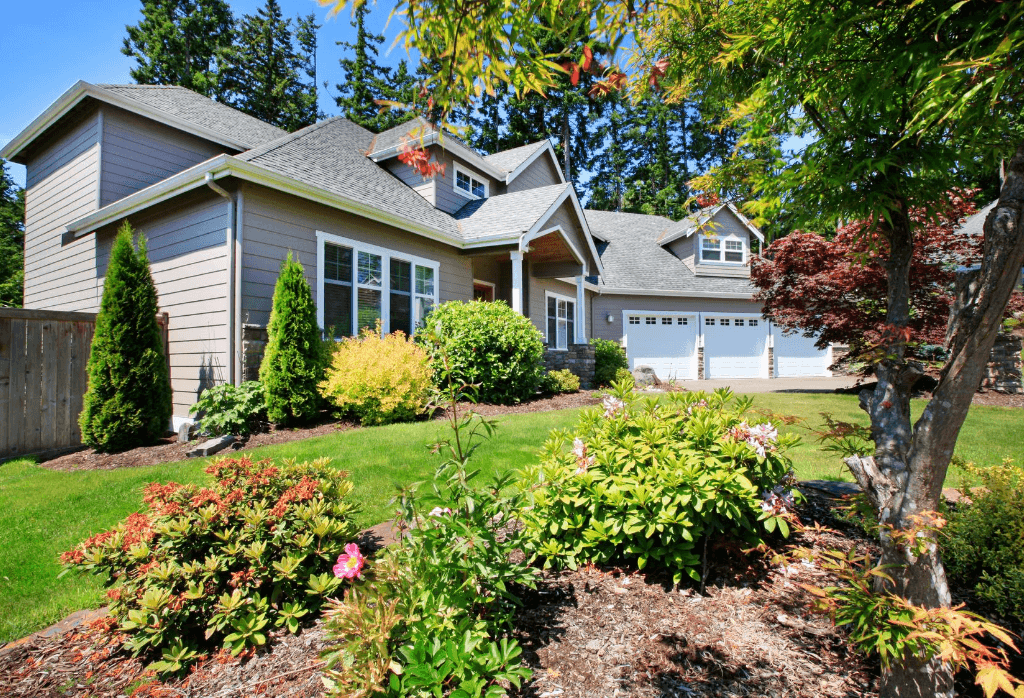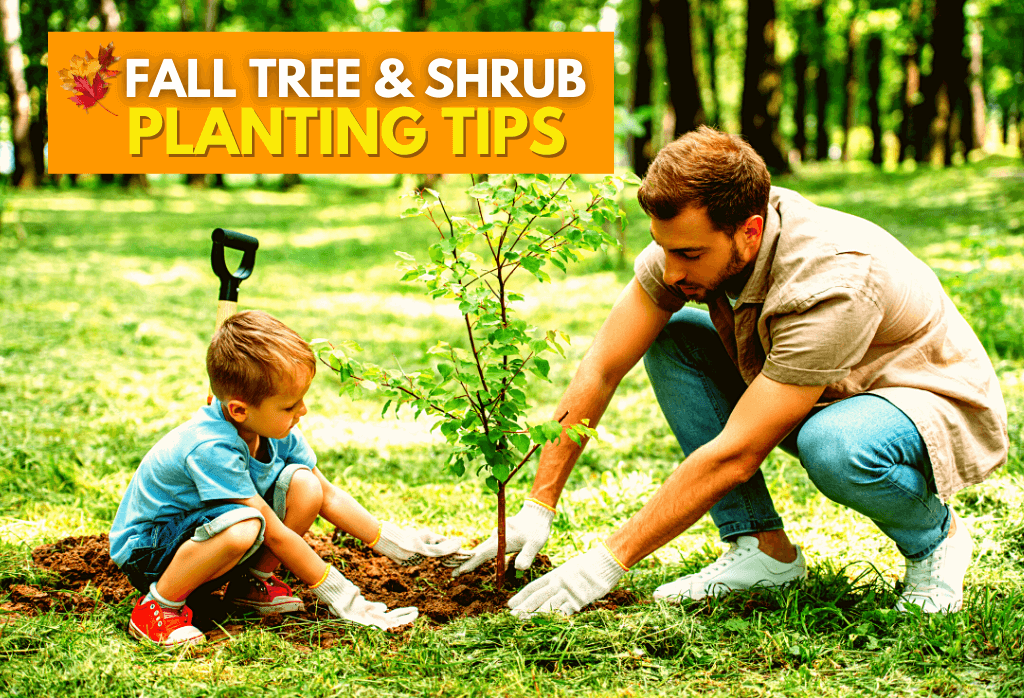How To Successfully Plant Trees And Shrubs In The Fall
As summer wains and we enter what many believe is the most desirable time of the year, days become more pleasant, the sun shines for fewer hours, nighttime temperatures cool and it’s time to plant new trees and shrubs.
While, like planting grass, folks feel the urge to get out there and install new plants each spring; but that is actually not the most advantageous time for planting. Fall offers a more encouraging environment for starting new plants or transplanting young trees and shrubs.



If you do decide to add new plants to your property, after carefully selecting those trees and/or shrubs that will deliver the aesthetics you want over the years, you’ll want to keep in mind a few planting tips. These are practices that can make the difference between a healthy, vigorous tree next season or a dead plant you’ll have to replace.
After digging the hole to an appropriate size, significantly deeper and wider than the ball to be planted, placing the plant in the hole at a depth so that the top of the ball rests just above the soil surface, and allowing several inches of space around the plant ball to back-fill with soil. Now, step back, take a good look at the plant. Is it stable and straight? Now is the time to make any adjustments.
When you are satisfied with the position, back-fill with soil, tamping it down firmly as you go.

With your new plant well-seated in its new home, be sure not to over-look watering. Most plant experts recommend providing a solid inch of water each week for the remainder of the season, and for the first several weeks of the following spring. As a rule of thumb, applying 10 gallons of water twice each week to, for example, a newly planted tree with a ball 20-24 inches in diameter, should deliver the one inch needed to keep the root ball moist.
Before watering, be sure to create a small lip or raised edge of soil around the perimeter of the root ball. This will ensure the water is absorbed by the roots, where it is needed and does not run off. Most researchers recommend holding off on fertilizer until the following spring. The thinking is that avoiding the application of fertilizer will minimize the chance of winter damage on young, lush foliage.
To minimize weed populations and help retain water, apply two to four inches of mulch over the excavated area; shredded bark, pine straw in southern areas or even straw are options. Do not over apply mulch and do not allow the mulch to pile up against the trunk. Pull back the mulch to form an open well around the trunk. This will help ensure air and water movement as the plant begins to grow. Finally, if deer feeding damage is a concern in your area, a deer cage can be effective. These can be found at most garden centers or “big box” home improvement stores. The key is to be certain the caging is at least six to seven feet high completely around the trunk.
For more planting details with diagrams, click here.


Join Our Free Lawn Care Newsletter
Stay Up to Date With The Latest News & Updates
* We don’t share your info with anyone ever.




